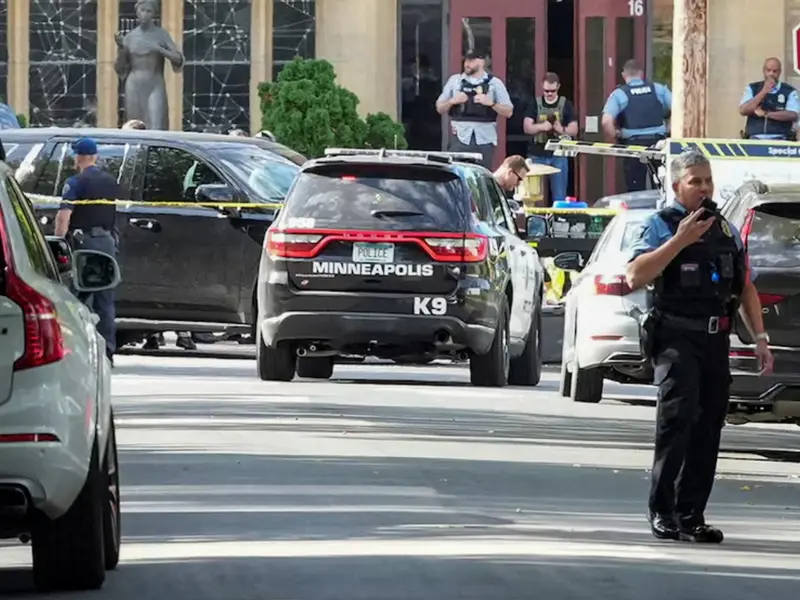Authorities investigating the recent Minneapolis school shooting suggest that the alleged gunman, identified as Robin Westman, had prepared for a far more devastating attack. According to police, Westman appeared to specifically target children and may have intended to cause significant loss of life.
Weeks before the shooting, Westman reportedly visited the church connected to the school he once attended, claiming he wanted to reconnect with his Catholic faith. Investigators now believe that visit was used as cover to study the premises. During that time, Westman allegedly created a detailed, hand-drawn map of the church interior—an image later featured in a disturbing video he attempted to upload to YouTube at the onset of the attack.

Police confirmed that Westman legally acquired three firearms—a rifle, a shotgun, and a handgun—prior to the incident. Minneapolis Police Chief Brian O’Hara stressed that all indications suggest Westman acted alone.
Investigators also discovered a manifesto the suspect planned to publish online. Chief O’Hara described the writings as “disturbing” but refrained from disclosing specifics, citing the ongoing investigation. The manifesto and related video content have since been removed from YouTube with assistance from the FBI.
Currently, authorities have secured search warrants for three separate locations tied to the suspect. However, they have not yet determined a clear motive behind the attack.
Critical Observations:
- The report emphasizes premeditation, particularly through the alleged mapping of the church interior and the creation of a manifesto. This indicates that the attack was not spontaneous but rather carefully orchestrated.
- While the firearms were legally obtained, the case raises broader questions about accessibility of weapons to individuals who may harbor violent intent.
- The decision not to disclose the manifesto’s content reflects a common law-enforcement dilemma: balancing transparency with the risk of amplifying extremist narratives.
- The absence of a stated motive leaves the public uncertain about whether the violence stemmed from personal grievances, ideological beliefs, or mental health struggles.


